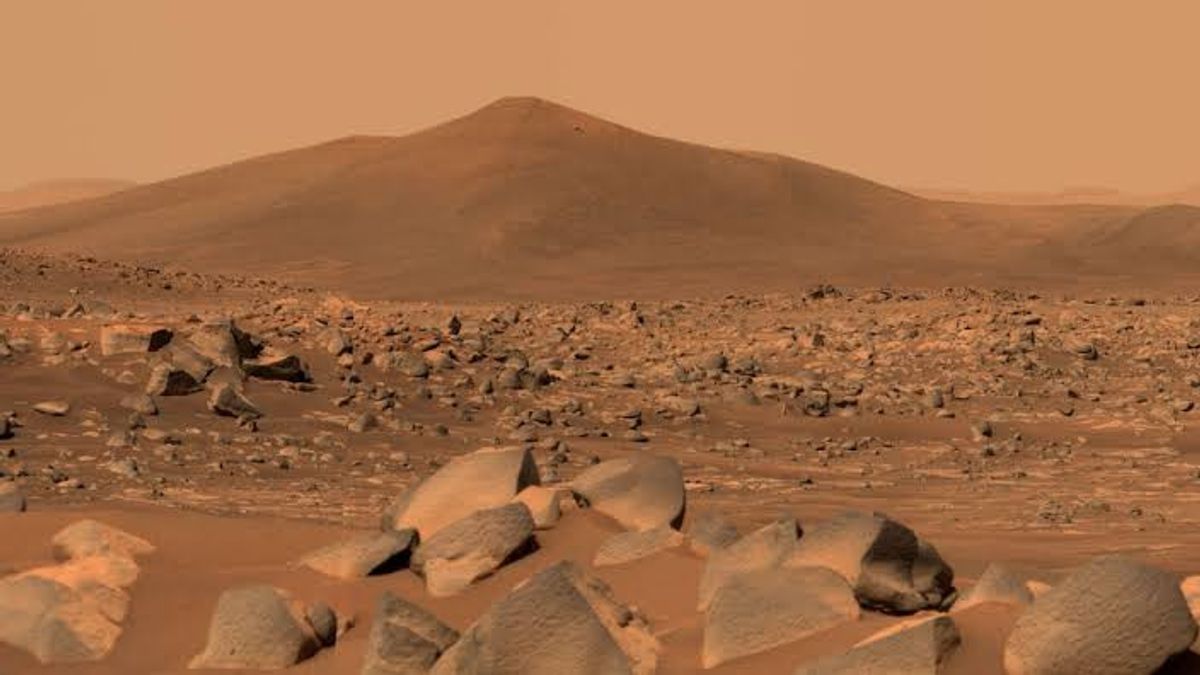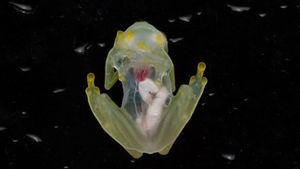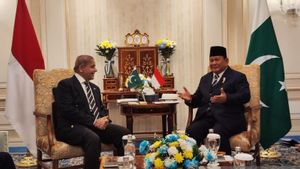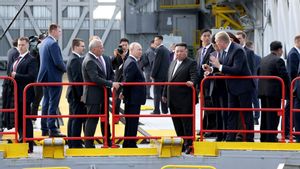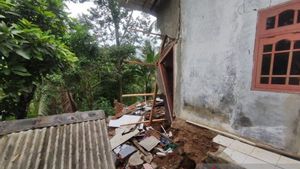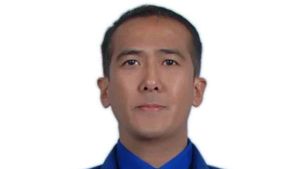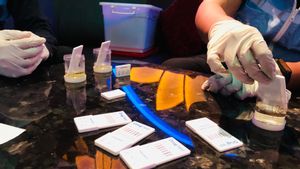JAKARTA - In 2030 humans will explore Mars for the first time, either on time or later. But apart from vehicles, there are things far more important than that, namely the food needs of astronauts while there.
Astronauts headed for Mars will have long journeys and experience months of microgravity. This condition places the risk of extensive bone loss. And scientists have found a solution.
Earlier this week at the American Chemical Society's online spring meeting, scientists presented their blueprint for a new GMO lettuce.
It's similar to a salad ingredient but genetically engineered to prevent bone loss and it can grow in space. Eating plants is like collecting power-ups in a video game that protect against the threat of microgravity.
"This is a very simple and cost-effective way to create a therapy," said University of California chemist Karen McDonald.
On Earth, the human body maintains a balance between breaking down the minerals in our bones and repairing things to ensure it always gets the nutrients it needs.
However, in microgravity, this equation loses its harmony. Bone mineral breakdown still occurs, but further repair cannot follow, leading to a loss of overall bone density.
To combat such bone loss in space, astronauts must exercise frequently on their spacecraft. For example, while on the International Space Station (ISS), they have bicycles, treadmills, and special weights.
SEE ALSO:
Unfortunately, in the new study, scientists note that there isn't enough evidence to support that enough exercise can prevent bone density reduction.
That's why space explorers are also carrying syringes of drugs that contain what's called human parathyroid hormone, or PTH, in the mix. Basically, PTH helps stimulate bone formation but this therapy has its drawbacks.
Cited from CNET, Friday, March 25, with the new lettuce concoction, an astronaut would need to eat about eight cups of lettuce to get the right dose.
"We decided to use lettuce because lettuce is a crop grown on the ISS. It's also a very productive crop in terms of seed production, so our idea is if we make a GMO crop, one seed can produce thousands of seeds," McDonald said.
Unlike conventional astronaut medicine, this transgenic lettuce was synthetically engineered to have genes that correlated with slight variations in PTH.
"I don't think we would be able to do space exploration with a human crew without this kind of technology," said Kevin Yates, a chemist at the University of California.
"It's not just the lettuce itself, it's part of a broader way of thinking where we try to use every resource we have at our disposal, whether it's on the spacecraft or the Moon or Mars."
It's not just for astronauts, the scientists emphasize that their findings can be passed on to anyone who is predisposed to bone loss.
However, before we get to that point, scientists must first carry out many other tests, such as animal studies, clinical trials, drug optimization, and even seeing how plants grow in environments such as space. In fact, it has not been sampled by humans because of that clinical science hurdle.
The English, Chinese, Japanese, Arabic, and French versions are automatically generated by the AI. So there may still be inaccuracies in translating, please always see Indonesian as our main language. (system supported by DigitalSiber.id)
